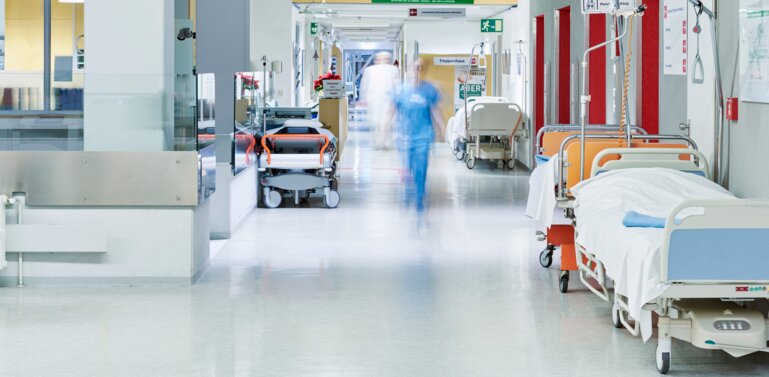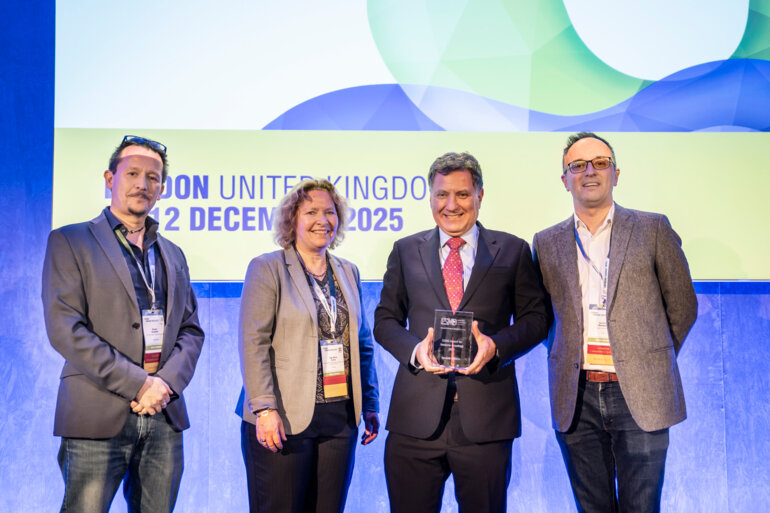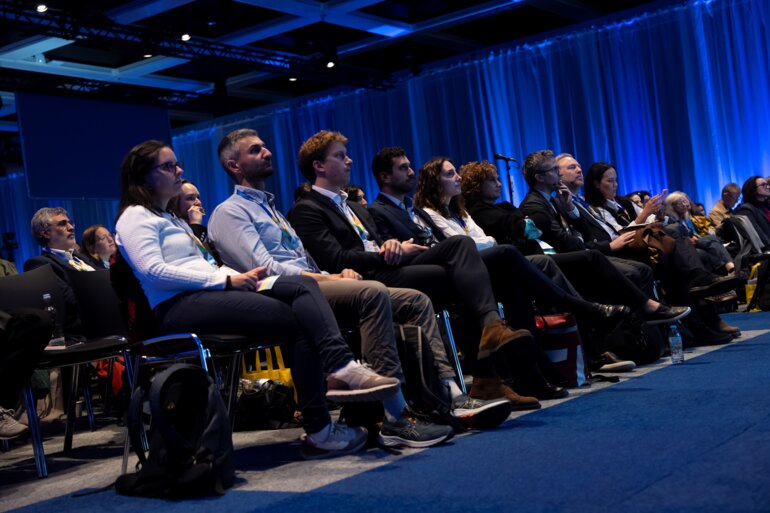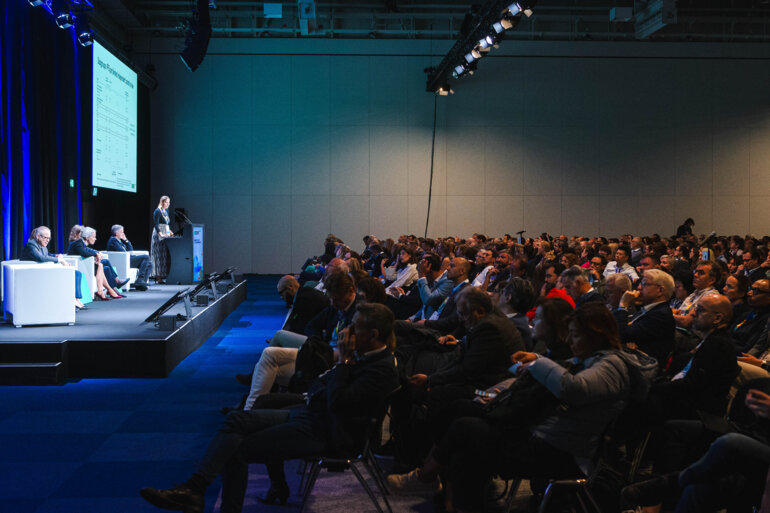A phase II trial opens up discussions on how to define success of chemoprevention studies
Despite immune checkpoint inhibitors (ICIs) having significantly improved outcomes in several cancers in both first and subsequent lines, their role in chemoprevention is still unclear. A recently published study shows some potential clinical activity of the anti-PDL-1 inhibitor nivolumab in people with high-risk oral precancerous lesions (JAMA Oncol. 2023 Nov 16:e234853), thus reviving the debate around the risk-benefit ratio of using anti-cancer agents to mitigate progression to cancer in high-risk individuals.
In the open-label, single-group phase II trial conducted at the Dana-Farber Cancer Institute in Boston, US, 33 individuals with high-risk proliferative verrucous leukoplakia – an aggressive subtype of oral lesions with a high rate of malignant transformation (J Oral Pathol Med. 2020 May;49(5):404-408) - received 480 mg intravenous nivolumab on day 1 of a 28-day cycle for 4 cycles. Many study participants were smokers and 24% had a history of surgically treated early-stage oral squamous cell carcinoma (OSCC). Pre-treatment screening and post-treatment biopsies were performed to monitor target lesions, and participants were followed up with clinical examinations every 3 to 4 months until study withdrawal or up to 5 years.
The trial met its primary endpoint set as best overall response (the percent change in clinical-pathologic composite score of target lesions), but only 2 participants had complete resolution of at least one target lesion. Among best responders to preventive nivolumab in terms of disease progression, three individuals developed OSCC in a target lesion identified on their end-of-treatment biopsy, and one experienced an increase in the severity of dysplasia in a buccal gingiva target lesion resulting in greater than 20% composite score increase. At a median (range) follow-up of 21.1 (5.4-43.6) months, median cancer free survival (CFS) had not been reached (NR) (95% CI, 24.3 months to NR) with a 2-year CFS of 72.8% (95% CI, 52.6%-85.5%).
Despite some potential clinical activity of the anti-PD-L1 inhibitor in the pre-cancer setting, which needs to be confirmed by further studies, major concerns remain about the safety and success of preventive immunotherapy according to Dr Bishal Gyawali, Queen’s University, Kingston, Canada.
“Prevention of cancer is a laudable goal, however, using anti-cancer agents for treating risk factors of cancer can be a slippery slope,” he says commenting on the overall approach described in the study. “Cancer chemoprevention always entails a substantial risk of overtreating those who will never develop cancer while exposing them to suffer the side-effects of therapies. In the trial, reported adverse events (AEs) were in line with those previously reported in head and neck cancer population, however more than 20% of the population with pre-cancerous lesions developed grade 3 and 4 AEs suggesting that the risk-benefit ratio of preventive immunotherapy must be weighted carefully.”
In a commentary accompanying the study publication, Gyawali and colleagues also reflect on the potential implications of chemoprevention on cancer incidence and mortality, quality of life of those with premalignant conditions, and cost-effectiveness.
“Probability is not destiny, and our desire to treat probabilities may lead to net harms unless benefits are proven in well-designed randomised controlled trials showing mortality gains. The end goal of cancer prevention, in fact, is not to treat the risk factors per se, but to improve survival and quality of life of the at-risk population,” he concludes, highlighting that evidence is still lacking on the use of ICIs for the treatment of pre-cancerous conditions. “Only when chemoprevention benefits are solid, the health systems are able to assess whether the magnitude of benefit is worth societal investment based on its cost-effectiveness. Naturally, cancer is a fearsome diagnosis and doing everything to prevent it seems intuitive. But we need to be careful not to convert all people into pre-patients needing some treatment – this is a malignant transformation to cancer prevention that we should try to counteract.”






